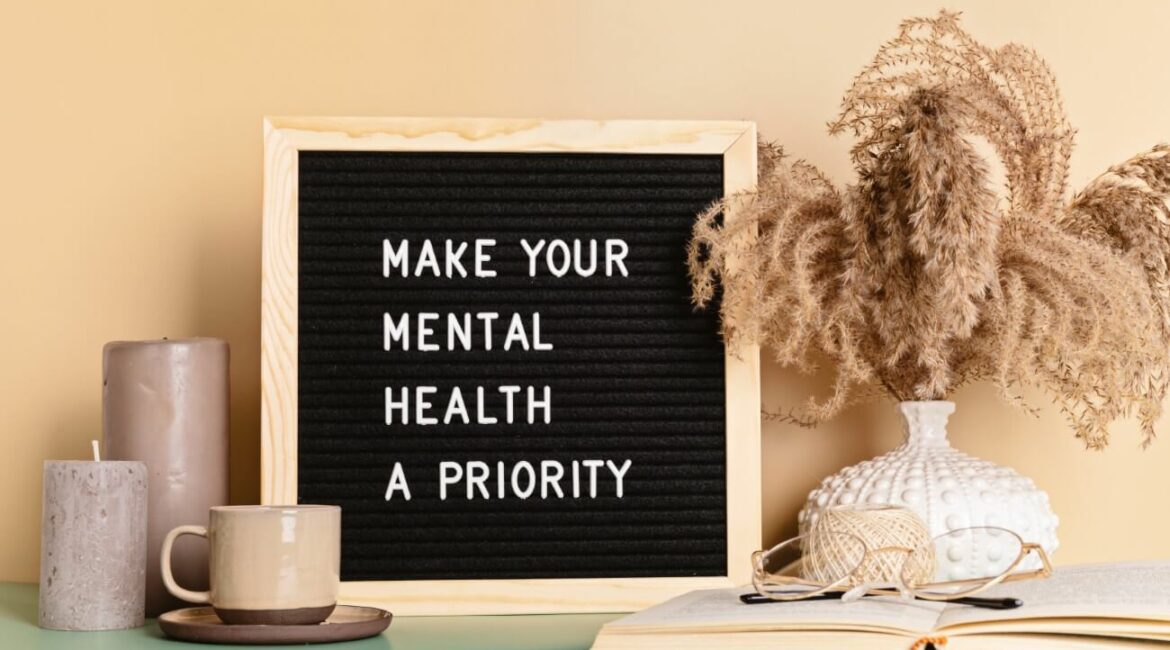Living in a small space can be a liberating yet challenging experience. As someone who has embraced the small space lifestyle, I understand the psychology behind it. In this guide, we’ll explore the emotional and mental aspects of living in tight quarters and provide practical insights to help you thrive in your cozy abode.
Understanding Small Space Living
Embracing Minimalism
Small space living often leads to a natural inclination toward minimalism. It encourages you to declutter and focus on what truly matters. Embracing this mindset can lead to a sense of freedom and lightness.
The Intimate Connection to Your Environment
In a small space, your environment plays a significant role in your daily life. You’ll develop a deep connection with your surroundings. Personalizing your space to reflect your personality and interests can bring a sense of comfort and belonging.
Psychological Benefits
Small spaces can create a cozy, cocoon-like atmosphere that fosters feelings of security and contentment. The sense of closeness to your surroundings can promote relaxation and reduced stress, as you’re not overwhelmed by a large, impersonal environment.
Tips for Thriving in Small Spaces
Efficient Use of Space
Make the most of every inch in your small space. Utilize multi-purpose furniture, consider vertical storage, and keep your belongings organized. This not only optimizes your space but also contributes to a sense of order and peace.
Clear Boundaries
Establish clear boundaries within your small space, especially if it serves multiple functions. This helps create a sense of separation between work, leisure, and sleep, promoting balance and mental well-being.
Streamlined Possessions
Regularly review your belongings and practice the one-in, one-out rule. This ensures that your small space remains clutter-free and prevents you from feeling overwhelmed by excess possessions.
The Impact of Color and Light
1. Light Colors for Openness: Light-colored walls and decor can create an illusion of openness, making your space feel airier and less confining. Pale blues, soft greens, and whites are excellent choices.
2. The Comfort of Warm Tones: Warm tones like earthy browns and deep oranges can evoke coziness and comfort. These colors can help make your small space feel inviting and snug.
3. Natural Light: Maximize natural light with large windows or strategically placed mirrors. Natural light not only opens up your space but also has a positive impact on mood and well-being.
FAQ

1. Is small space living suitable for everyone?
Small space living can work for many people, but it depends on your lifestyle and preferences. It’s essential to understand the psychology behind it and be willing to adapt to the challenges.
2. How can I make my small space feel more open and less cramped?
Incorporate design elements like light colors, efficient storage solutions, and plenty of natural light to create the illusion of space and openness.
3. Are there psychological benefits to living in a small space?
Yes, small space living can lead to reduced stress, a deeper connection to your environment, and a sense of coziness and security. It often encourages a simpler and more meaningful way of life.
Maximizing Storage Space Creatively
Living in a small space requires ingenuity when it comes to storage. Consider unique solutions like under-bed storage, hanging organizers on the back of doors, and wall-mounted shelves. For example, you can use storage ottomans that double as seating or transform your staircase into a series of drawers. These creative storage options not only save space but also add character to your small home.
Greenery in Small Spaces
Bringing the outdoors in can have a positive impact on the psychology of small space living. Incorporating houseplants not only adds aesthetic appeal but also contributes to improved air quality and a sense of well-being. Choose low-maintenance plants like snake plants or pothos that thrive in small spaces and require minimal care. The presence of greenery can create a connection to nature, which is often lacking in tight quarters.
Multifunctional Furniture for Small Spaces
Investing in multifunctional furniture can be a game-changer in small space living. Consider pieces that can serve multiple purposes, such as a sofa that converts into a bed, a dining table that can be folded down when not in use, or a wall-mounted desk that doubles as a vanity. This type of furniture optimizes your space and enhances flexibility in how you use it.
Psychological Impact of Personalization
Personalizing your small space is essential for creating a sense of home. The psychology of small space living is deeply influenced by how well your surroundings reflect your personality. Incorporate personal touches like artwork, photographs, and decor that resonate with you. These elements can provide a sense of comfort and belonging, making your small space uniquely yours.
Managing Noise and Privacy
Living in a small space can pose challenges regarding noise and privacy. Consider adding soundproofing elements, like rugs or curtains, to reduce noise. You can also create visual separations in open spaces through room dividers or curtains to establish zones for different activities. These strategies help maintain a sense of privacy and minimize disturbances in your small living quarters.
- Transform Your Health with Medford Medical Weight Loss Program - June 9, 2025
- A Chat with Nate and Mika, Christian Wedding Photographers - July 18, 2024
- Ultimate Guide To Playing Online Casinos - May 27, 2024









